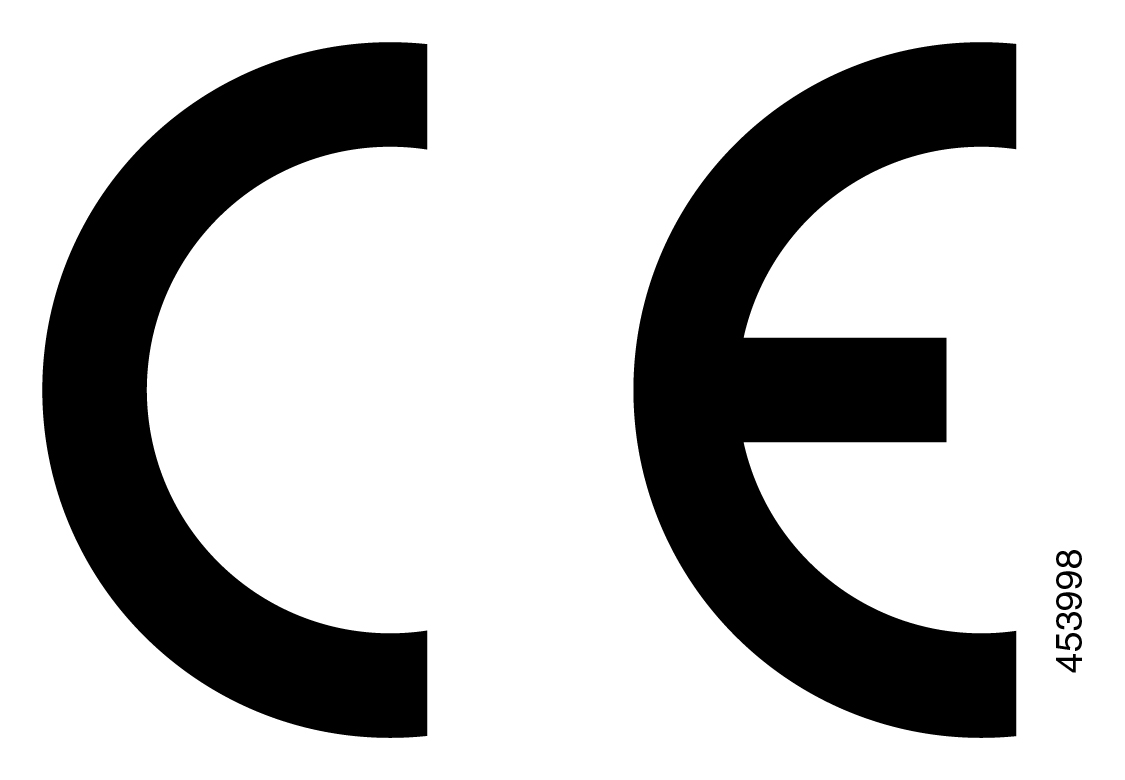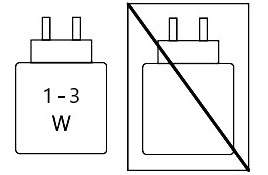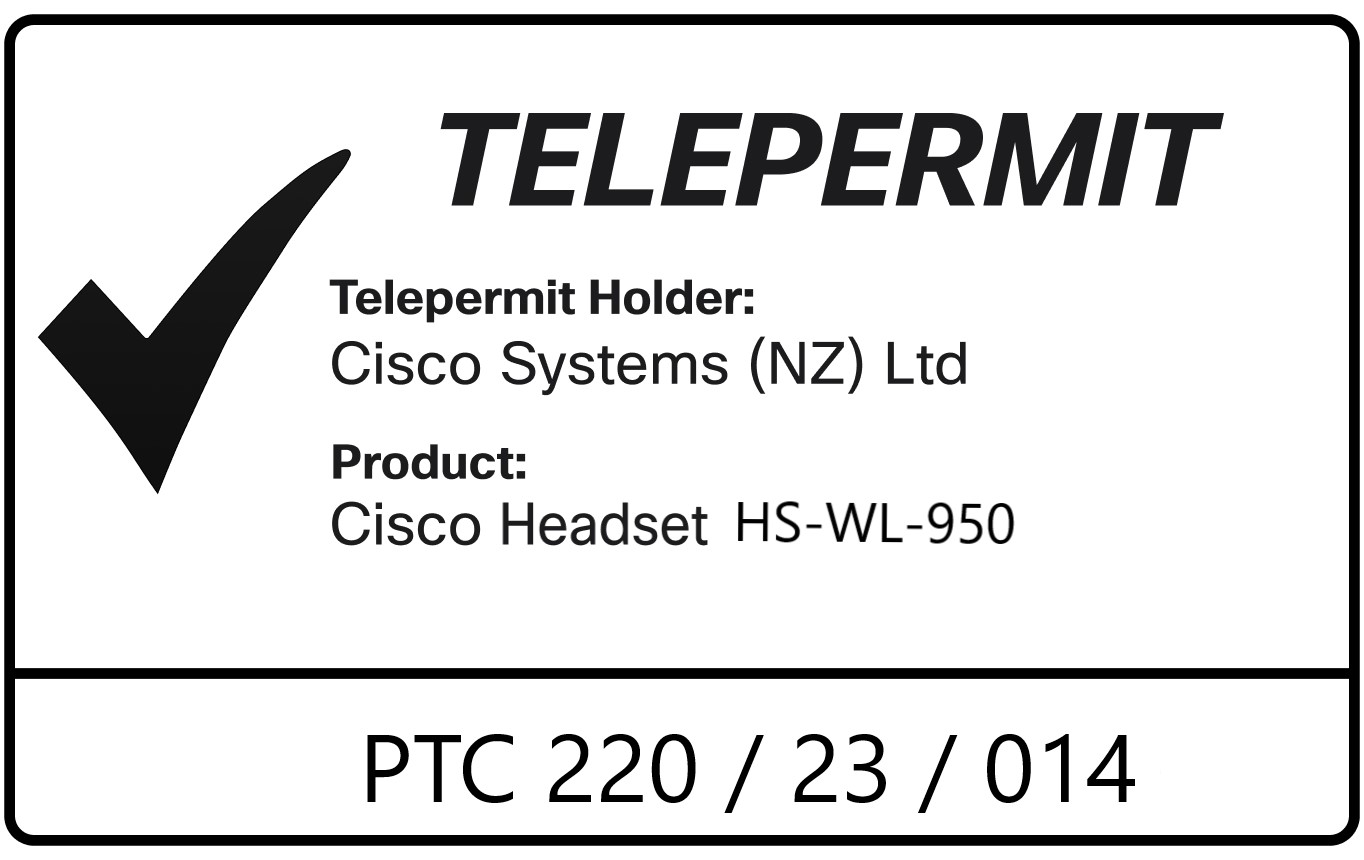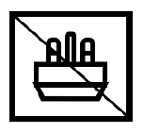- Home
- /
- Article



Bang & Olufsen Cisco 950 product safety and compliance
 In this article
In this article Feedback?
Feedback?Bang & Olufsen Cisco 950 meets the safety and compliance requirements.
Safety and performance information
Important Headset Safety Information
|
|
High Sound Pressure—Avoid listening to high volume levels for long periods to prevent possible hearing damage. |
When you plug in your headset, lower the volume of the headset speaker before you put the headset on. If you remember to lower the volume before you take the headset off, the volume will start lower when you plug in your headset again.
Don't allow moisture to get inside your ear cups, the USB-C port, or the 3.5 mm jack.
Be aware of your surroundings. When you use your headset, it may block out important external sounds, particularly in emergencies or in noisy environments. Don’t use the headset while driving. Don’t leave your headset or headset cables in an area where people or pets can trip over them. Always supervise children who are near your headset or headset cables.
Regulatory domains
The radio frequency (RF) for this phone is configured for a specific regulatory domain. If you use this phone outside of the specific regulatory domain, the phone will not function properly, and you might violate local regulations.
Compliance statements
Compliance statements for the European Union
CE marking
The following CE mark is affixed to the equipment and packaging.

RF exposure statement for the European Union
This device has been evaluated and found compliant in accordance with EU Directive 2014/53/EU.
EU Common Charger
The power delivered by the charger must be between min. 1 Watts required by the radio equipment, and max. 3 Watts in order to achieve the maximum charging speed.

Compliance statements for the USA
FCC compliance statements
The Federal Communications Commission requires compliance statements for the following statements.
FCC Part 15.19 Statement
This device complies with part 15 of the FCC Rules. Operation is subject to the following two conditions: (1) This device may not cause harmful interference, and (2) this device must accept any interference received, including interference that may cause undesired operation.
FCC Part 15.21 Statement
Changes or modifications not expressly approved by the party responsible for compliance could void the user’s authority to operate the equipment.
FCC RF Radiation Exposure Statement
You are cautioned that changes or modifications not expressly approved by the part responsible for compliance could void the user’s authority to operate the equipment.
-
This Transmitter must not be co-located or operating conjunction with any other antenna or transmitter.
-
For portable operation, this device has been tested and meets FCC RF exposure guidelines. When used with an accessory that contains metal may not ensure compliance with FCC RF exposure guidelines.
Part 15 Radio Device
The Part 15 radio device operates on a non-interference basis with other devices operating at this frequency. Any changes or modification to said product not expressly approved by Cisco, including the use of non-Cisco antennas, could void the user’s authority to operate this device.
FCC Receivers and Class B Digital Statement
This product has been tested and complies with the specifications for a Class B digital device, pursuant to Part 15 of the FCC Rules. These limits are designed to provide reasonable protection against harmful interference in a residential installation. This equipment generates, uses, and can radiate radio frequency energy and, if not installed and used according to the instructions, may cause harmful interference to radio communications. However, there is no guarantee that interference will not occur in a particular installation.
If this equipment does cause harmful interference to radio or television reception, which is found by turning the equipment off and on, the user is encouraged to try to correct the interference by one or more of the following measures:
-
Reorient or relocate the receiving antenna
-
Increase the separation between the equipment or devices
-
Connect the equipment to an outlet other than the receiver's
-
Consult a dealer or an experienced radio/TV technician for assistance
Compliance statements for Canada
This device complies with Industry Canada license-exempt RSS standard(s). Operation is subject to the following two conditions: (1) this device may not cause interference, and (2) this device must accept any interference, including interference that may cause undesired operation of the device. Privacy of communications may not be ensured when using this phone.
This product meets the applicable Innovation, Science and Economic Development Canada technical specifications.
Avis de Conformité Canadien
Cet appareil est conforme aux normes RSS exemptes de licence RSS d’Industry Canada. Le fonctionnement de cet appareil est soumis à deux conditions : (1) ce périphérique ne doit pas causer d'interférence et (2) ce périphérique doit supporter les interférences, y compris celles susceptibles d'entraîner un fonctionnement non souhaitable de l'appareil. La protection des communications ne peut pas être assurée lors de l'utilisation de ce téléphone.
Le présent produit est conforme aux spécifications techniques applicables d'Innovation, Sciences et Développement économique Canada.
Canadian RF exposure statement
THIS DEVICE MEETS THE LIMITS AS REFERENCED BY ISED RSS-102 R5 FOR EXPOSURE TO RADIO WAVES
Your device includes a radio transmitter and receiver. It is designed not to exceed the General populace (uncontrolled) limits for exposure to radio waves (radio frequency electromagnetic fields) as referenced in RSS-102 which references Health Canada Safety Code 6 and include a substantial safety margin designed to assure the safety of all persons, regardless of age and health.
As such the systems are designed to be operated as to avoid contact with the antennas by the end user. It is recommended to set the system in a location where the antennas can remain at least a minimum distance as specified from the user in accordance to the regulatory guidelines which are designed to reduce the overall exposure of the user or operator.
The device has been tested and found compliant with the applicable regulations as part of the radio certification process.
Déclaration d'Exposition aux RF Canadienne
CE PÉRIPHÉRIQUE RESPECTE LES LIMITES DÉCRITES PAR LA NORME RSS-102 R5 D'EXPOSITION À DES ONDES RADIO
Votre appareil comprend un émetteur et un récepteur radio. Il est conçu pour ne pas dépasser les limites applicables à la population générale (ne faisant pas l'objet de contrôles périodiques) d'exposition à des ondes radio (champs électromagnétiques de fréquences radio) comme indiqué dans la norme RSS-102 qui sert de référence au règlement de sécurité n°6 sur l'état de santé du Canada et inclut une marge de sécurité importantes conçue pour garantir la sécurité de toutes les personnes, quels que soient leur âge et état de santé.
En tant que tels, les systèmes sont conçus pour être utilisés en évitant le contact avec les antennes par l'utilisateur final. Il est recommandé de positionner le système à un endroit où les antennes peuvent demeurer à au moins une distance minimum préconisée de l'utilisateur, conformément aux instructions des réglementations qui sont conçues pour réduire l'exposition globale de l'utilisateur ou de l'opérateur.
Le périphérique a été testé et déclaré conforme aux réglementations applicables dans le cadre du processus de certification radio.
Compliance statements for New Zealand
Permit to Connect (PTC) general warning
The grant of a Telepermit for any item of terminal equipment indicates only that Spark NZ has accepted that the item complies with minimum conditions for connection to its network. It indicates no endorsement of the product by Spark NZ, nor does it provide any sort of warranty. Above all, it provides no assurance that any item will work correctly in all respects with another item of Telepermitted equipment of a different make or model, nor does it imply that any product is compatible with all of Spark NZ network services.

Use of IP networks with the PSTN
Internet Protocol (IP) by its nature introduces delay into speech signals as each data packet is formulated and addressed. Spark NZ Access Standards recommends that suppliers, designers and installers using this technology for calls to or from the PSTN refer to ITU E Model requirements in the design of their networks. The overall aim is to minimise delay, distortion and other transmission impairments, particularly for those calls involving cellular and international networks, which already suffer extensive delay.
The use of voice compression through the PSTN
Because of the extensive delay already experienced when calling cellular and international networks, some of which is already caused by their use of voice compression technologies. Spark NZ Access Standards will only approve G711 voice technology for use on the PSTN. G711 is an ‘instantaneous speech-encoding technique’ whereas G729 and all its variants are considered ‘near instantaneous’ introducing additional delay into the speech signal.
Echo cancellation
Echo cancelers are not normally required in the Spark NZ PSTN because geographic delays are acceptable where CPE return loss is maintained within Telepermit limits. However, those private networks that make use of Voice-over-IP (VoIP) technology are required to provide echo cancellation for all voice calls. The combined effect of audio/VoIP conversion delay and IP routing delay can cause the echo cancellation time of 64 mS to be required.
Compliance statements for Taiwan
NCC warning notices
本產品符合低功率電波輻射性電機管理辦法:
取得審驗證明之低功率射頻器材,非經核准,公司、商號或使用者均不得擅自變
更頻率、加大功率或變更原設計之特性及功能。低功率射頻器材之使用不得影響
飛航安全及干擾合法通信;經發現有干擾現象時,應立即停用,並改善至無干擾
時方得繼續使用。前述合法通信,指依電信管理法規定作業之無線電通信。低功
率射頻器材須忍受合法通信或工業、科學及醫療用電波輻射性電機設備之干擾。
Antenna warning notices
應避免影響附近雷達系統之操作。
本器材須經專業工程人員安裝及設定,始得設置使用,且不得直接販售給一般消費者。
Compliance statements for Saudi Arabia
Technical Regulation for Telecommunications and Information Technology Devices
The power delivered by the charger must be between min. 1 Watts required by the radio equipment, and max. 3 Watts in order to achieve the maximum charging speed.




